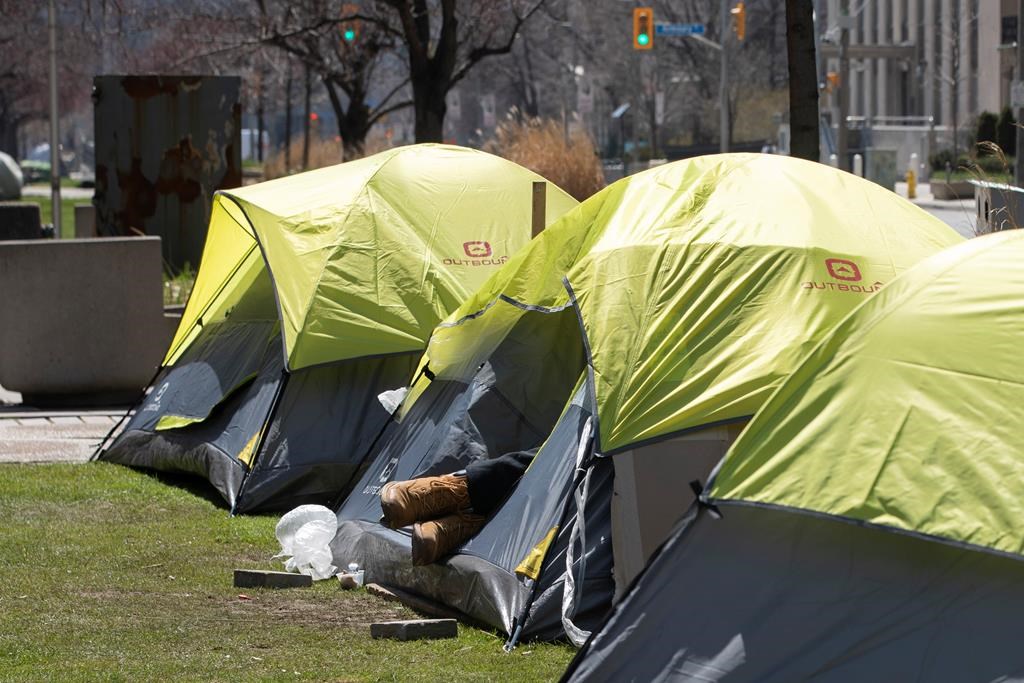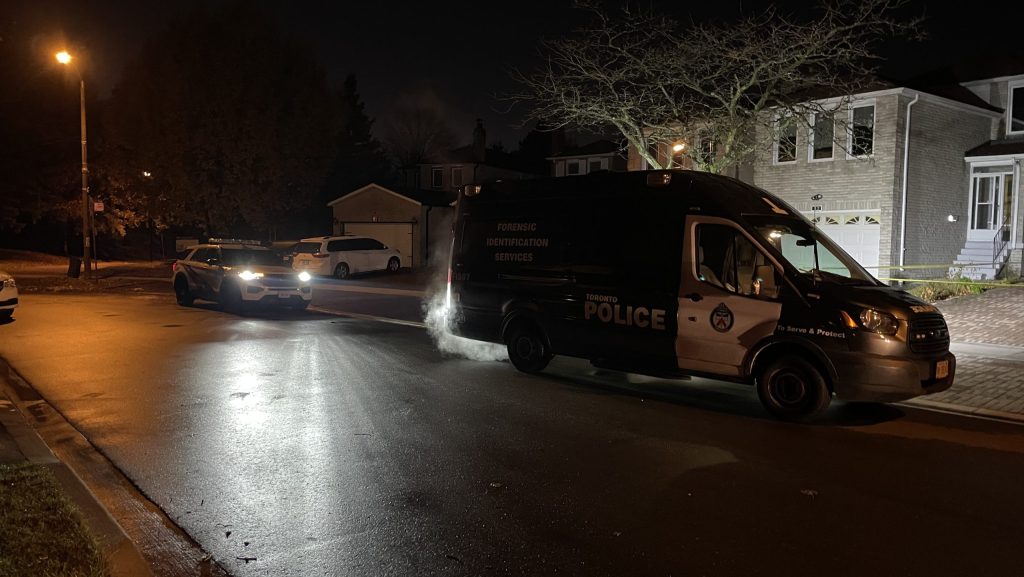Youth-specific strategy needed to combat homelessness in Toronto

Posted July 5, 2022 5:28 pm.
A new study from Covenant House Toronto said the current strategy to combat homelessness in the city must include a “youth-centric” prevention strategy.
The examination, in partnership with the University of Toronto, looked at youths experiencing homelessness and the staff who work in downtown Toronto shelters. A vital factor in youth homelessness, leading to “acute adult homelessness,” was a lack of affordable housing exacerbated by employment challenges.
It took place during the second and third waves of the COVID-19 pandemic and found the city’s homelessness system is currently structured to only respond to emergencies.,
Over half of respondents (52.7 per cent) reported that it was harder to find or keep stable housing during the pandemic. Over one-third said it was harder to find a safe place to spend the night, and almost 65 per cent of youth reported that the pandemic made it harder to find work.
Forty-one per cent indicated they had been laid off during the pandemic.
It was even worse for Black youths and youths of colour, with over 70 per cent saying it was harder to find work compared to 35 per cent of youth who identified as white.
“I’m just living day by day at this point… That makes me feel like a shelter kid, and I hate that. I feel like I’m in a revolving door, and COVID definitely made it spin much faster,” one individual wrote.
The lead researcher of the new study, Amanda Noble, said investing in a youth-specific approach would help prevent the reliance on shelters and lead to better outcomes for youth.
“The pandemic impacted the young people who are already experiencing challenges in terms of securing employment and housing. And the pandemic just exacerbated that situation,” Noble said.
“A lot of the sectors available for young people in the employment sector were shut down during the pandemic, which made it difficult for young people to move forward in their lives and secure housing.”
The study also found local agencies and governments should focus on providing support services that help keep youth in their homes or with other family members whenever possible.
“We must acknowledge their unique developmental needs and develop a strategy to meet them. The next thing would be to put a lot more resources into prevention. So that might mean providing support to families who may be clinical support. It could be connecting them to resources. It could be helping young people who are at risk of experiencing homelessness stay engaged in school,” she shared.
“For young people who have experienced homelessness, we can put more resources into having them exit homelessness quicker … providing solutions or resources to live in the community and help support them with affordable housing and social inclusion.”
Noble said the study showed these local agencies need to work together more.
“The pandemic showed how we can collaborate differently. But the government can also consider putting more resources and policy into prevention and long-term solutions instead of emergency service.”








